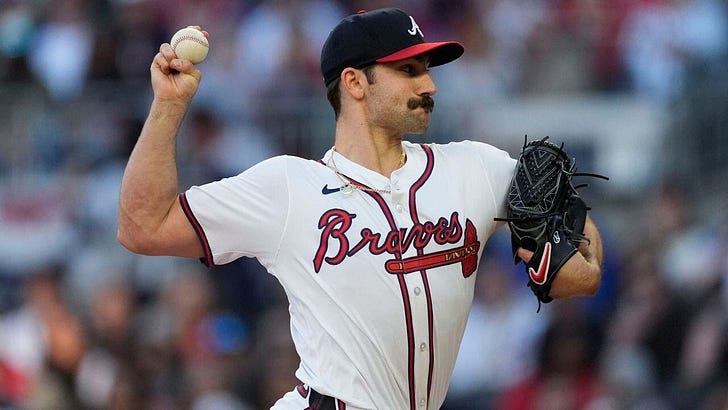Clayton Kershaw had a great quote in The Athletic this weekend. He said “If anyone tells you they have [the pitching injury situation] figured out, don’t listen to them.” He’s right, in that no one does. But it also brings up the problem. We’re typing a lot of stories and I’ve been noting injuries for better than twenty years here, but MLB, the union, and few around the game are doing the kind of research that might lead to better answers.
We don’t have to “figure the problem out.” We have to make it better. 199 injuries are better than 200. Still more than we want, but less is better. If we could cut it in half, that’d be better. A zero injury season is possible for a team, but very difficult. The issue is that few teams are doing the kind of work necessary to get there, or even move towards it.
Think about workload management. Almost universally, we agree that pitch counts on their own aren’t enough. We may disagree on exactly how to calculate and individualize it, but most sane people agree that no one’s going out and throwing Cy Young innings and that there’s low hanging fruit by just managing this on an overall basis. Yet not one team is doing that. I’d venture to say there’s no team that has the right alignment and culture to even attempt it, largely because of how it’s structured now. The incentives aren’t right.
At least until an owner gets involved. For years, I’ve noted that these billionaire captains of industries, real estate moguls, and other business titans wouldn’t tolerate hundreds of millions of dollars in losses in another of their businesses. If Carlyle lost millions, year after year, I have a feeling David Rubenstein would have people fixing it and heads would have already rolled. Take any of these businesses and find me an example of year-over-year losses from a single cause that isn’t corrected. This isn’t the film business where there’s bombs that become tax losses. These are years of talent lost, along with millions of dollars in salary and prestige.
For now, let’s get to the injuries:
SPENCER STRIDER, SP ATL (sprained elbow)
As expected, Spencer Strider had his elbow reconstructed for a second time. This revision involved an InternalBrace, which has a lower rate of revision, though we really have almost no data on this at the MLB level. The procedure hasn’t been widely used for five years, let alone longer to see whether it will hold up longer than a standard. We’ll lose a generation figuring it out, though early results are pretty positive. Just reducing by a few would make the InternalBrace procedure worth doing, since there’s no more complications than the standard.
The other downside here is that even with augmented procedures, we really haven’t seen the kind of rehab time gains expected. Maybe not “expected” but achieved in other cases. We know players have come back in weeks, not months, from augmented procedures on elbows, ankles, knees, and more. With a pitcher like Strider, it’s easier to do a standard, slow but not risky rehab than it is to push a player with four more years on his deal at a team friendly number.
But is that what’s best for Strider? Losing a year of his career could be a big deal. We have one Tommy John pitcher in the Hall of Fame and a couple on track for it, but not many. Add in that the Braves are a favorite coming in and would be even more so with Strider in the playoff rotation. Losing any year of opportunity is bad enough, but this one might take the Braves out of their current cycle. (Probably not, but it could have been another year at peak.) If he could come back in six months and push for the playoff rotation, shouldn’t he? Maybe not if the risk is 50 percent, or even 25 percent, but there’s no evidence it’s nearly that risky.
Ask this question - we already have too many injuries. What if we also have too many days lost?
Subscribers will get info on another Twins injury, a weird rehab start for Walker Buehler, and three more NL West injuries, plus more. Subscribe now and get it all!




